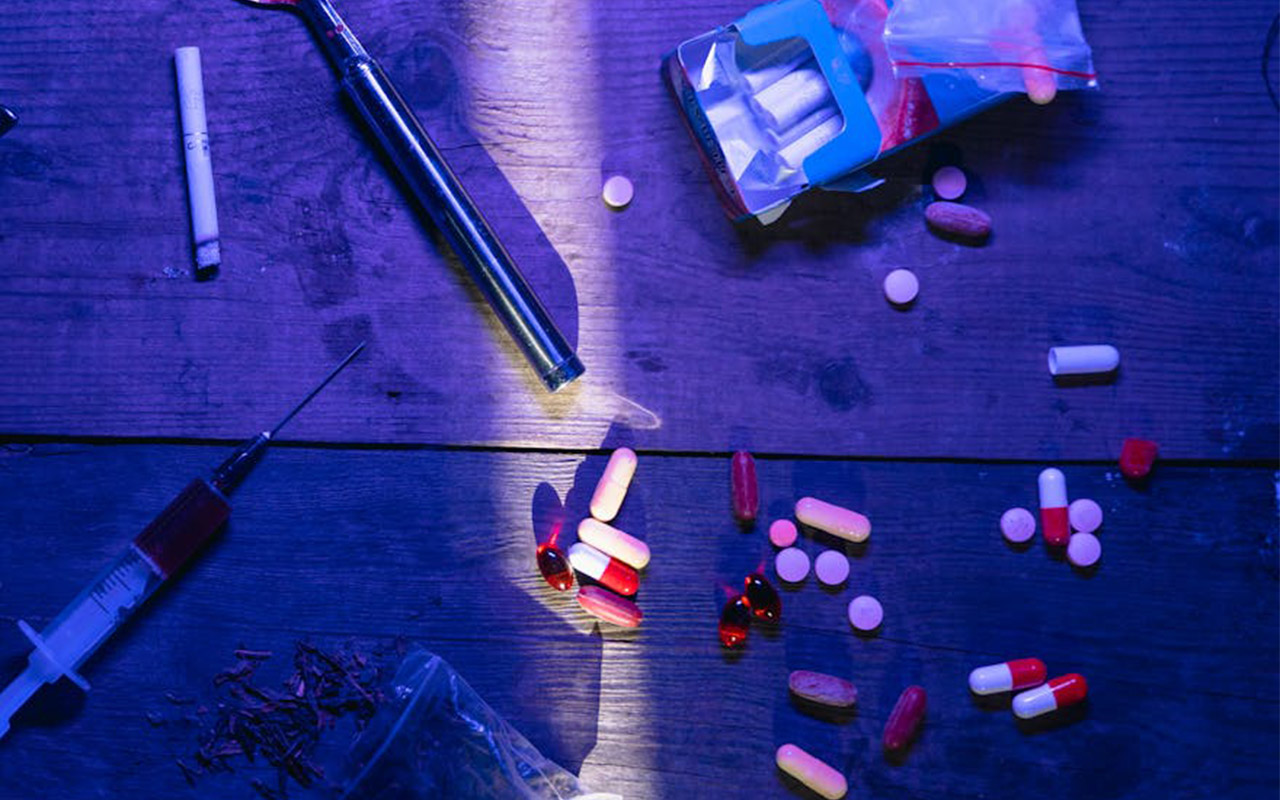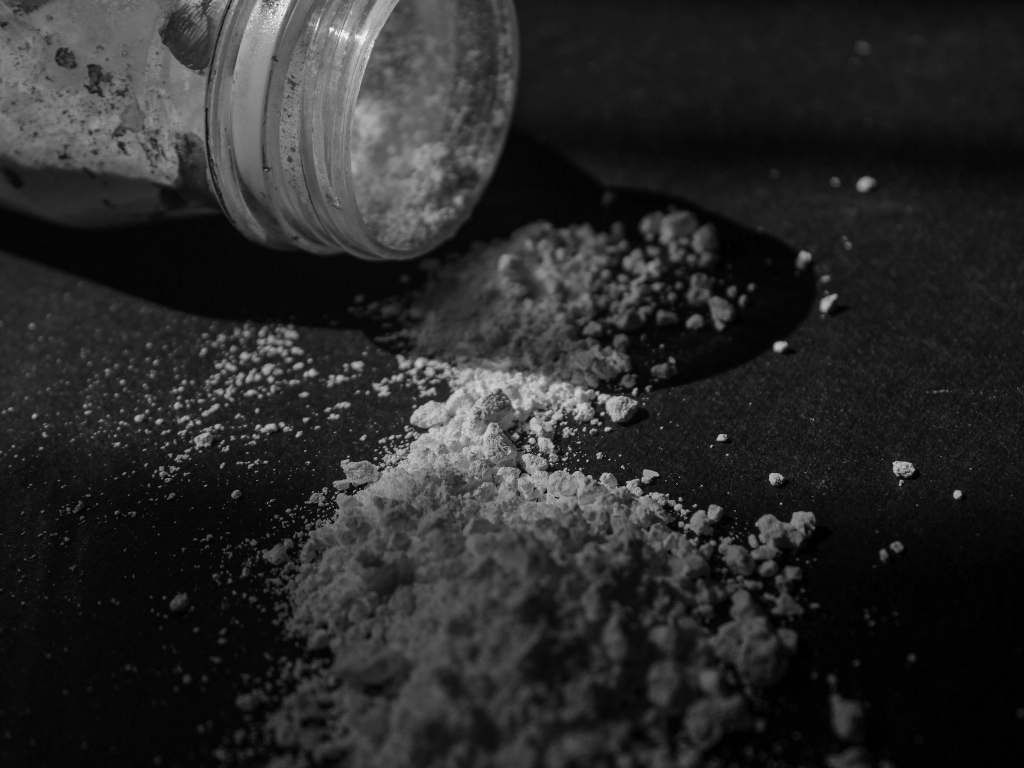California Drug Use Statistics: Which Substances Are Rising the Fastest?

California continues to expand treatment access and harm-reduction tools, which give families real reasons to hope. Programs in our Sun Valley Rehab make compassionate help easier to find and act on. When you look closely at California drug use statistics, a clear story emerges about which substances are driving risk right now. The latest drug use statistics in California and substance abuse statistics in California point to rapid shifts, not slow trends. Fentanyl shows up in places people don’t expect. Meth returns with higher purity. Prescriptions blur lines between medical use and dependency. High-THC cannabis changes how young brains respond. Cocaine mixed with opioids rewrites overdose risk in a single night.
How Fast Are Fentanyl And Synthetic Opioids Increasing In California?
Fentanyl now drives the steepest year-to-year rise in overdose deaths, and counterfeit pills make exposure unpredictable. Fentanyl rehab in Los Angeles offers immediate pathways to stabilization, medication-assisted treatment, and family guidance. Dealers press fentanyl into fake oxycodone, Xanax, or Adderall, and it also appears in party drugs, so intent no longer protects people. Recent California drug use statistics and drug abuse statistics in California show toxicology reports listing fentanyl in a growing share of fatalities, including among first-time or infrequent users.

Doses vary wildly from pill to pill, which explains sudden collapses after “just one.” Teens and young adults face special risk, a pattern reflected in teenage drug use statistics in California. Rapid respiratory depression leaves little time to react, making naloxone access and quick recognition of overdose signs essential.
Data Behind Fentanyl’s Rapid Growth
California reports confirm that fentanyl is the fastest-rising overdose driver. These numbers show how quickly the situation escalated.
- Fentanyl involved in over 70% of opioid overdose deaths statewide.
- Counterfeit pills linked to a 440% increase in accidental poisonings among young adults in recent years.
- Toxicology reports show fentanyl presence in cocaine, MDMA, and fake anxiety medications.
- A lethal dose can be as small as 2 milligrams.
- Emergency responders report that many overdoses require multiple naloxone doses to reverse.
Why Is Methamphetamine Surging Again?
Meth has shifted from small local production to cartel-manufactured supply with higher purity and lower cost, so ER visits and psychiatric holds climb. Meth rehab in Los Angeles helps patients stabilize sleep, nutrition, and psychosis while addressing cravings that follow extreme dopamine spikes. Hospitals report agitation, strokes, and dangerous dehydration linked to binges. The return of potent meth intersects with homelessness and public safety because it disrupts judgment and routine care.
According to drug use california statistics, meth-involved admissions rise even when opioids dominate headlines. Families often notice alarming wakefulness, rapid weight loss, and paranoia before a crisis hits. Would earlier screening, hydration plans, and contingency counseling reduce those nighttime ER runs? Evidence-based care suggests yes.
Why Stronger Meth Is Fueling More Emergencies
The resurgence of meth isn’t about higher usage alone. It’s about vastly higher purity and faster dependence.
- Purity of street meth now averages 90%+, compared to less than 50% years ago.
- Meth involved in one out of every three drug-related ER psychiatric emergencies in several California hospitals.
- Hospitalizations tied to meth increased by over 50% in the last few reporting cycles.
- Public safety data links meth to a large portion of homelessness-related police calls.
- Psychotic symptoms appear up to 3x faster with current meth formulations.

Are Prescription Stimulants And Sedatives Being Misused More Often?
Prescription misuse grows in parallel with legitimate prescribing, and young adults often slide from studying or sleep help into dependence. Prescription drug detox in Los Angeles provides monitored tapers for benzodiazepines and clinical oversight for stimulant withdrawal, which can include fatigue, mood swings, and rebound anxiety. Colleges report nonmedical stimulant use during exams, while sedatives appear in polysubstance cases with alcohol or opioids.
California drug use statistics show more ER encounters where benzodiazepines complicate overdose care by deepening respiratory depression. Families sometimes miss early signs because pills look “safe,” yet substance abuse statistics in California reveal rising harms. A practical step today could be locking medications, tracking counts, and securing a same-week evaluation if tolerance, dose escalation, or doctor-shopping appears.
The Hidden Numbers Behind Prescription Misuse
Prescription dependency often starts as “doctor approved.” The data shows how easily it escalates.
- Up to 25% of college students report nonmedical stimulant use for studying.
- ER visits involving benzodiazepines and alcohol/opiates rose sharply the past few years.
- Prescriptions written for stimulants increased by more than 30% in some age groups.
- Sedatives appear in nearly half of opioid overdose complications where respiratory arrest occurs.
- Young adults 18–25 show the highest rate of new dependencies on prescription depressants.
Is Cannabis Becoming Riskier Because Of Higher THC Potency?
Legalization changed availability, but potency changed outcomes, especially for adolescents. Marijuana addiction treatment in Los Angeles supports patients who develop anxiety, panic, or psychotic-like symptoms after concentrates or dabs. Concentrates can deliver THC levels far above prior decades, and drug abuse statistics in California link high-THC products with more acute psychiatric presentations. Many teens prefer discreet vape pens, which raises exposure captured in teenage drug use statistics in California.

California drug use statistics now reflect these potency trends as treatment admissions mention concentrates more often. Could safer-use education and limits on early-morning or high-stress consumption reduce panic episodes? Clinicians see improvement when people switch to lower-THC forms, add longer breaks between sessions, and pair use with sleep, hydration, and nutrition plans—or pursue abstinence if symptoms persist.
Potency Numbers That Shock Most Parents
Modern cannabis doesn’t resemble the product from the 90s or early 2000s, especially in concentrated forms.
- THC potency in traditional flower once averaged 4%–6%; concentrates can exceed 80%+.
- ER-level panic and psychosis cases involving cannabis have increased dramatically over the past few years.
- Teens report concentrate use at double the rate of adults in some surveys.
- Regular high-potency use raises the risk of dependency by up to 4x.
- Treatment centers report more anxiety-related admissions linked to concentrate use than ever before.
What Should Families And Loved Ones Do After Learning California Drug Use Statistics?
California drug use statistics make one point clear: today’s supply changes fast, and unintentional exposure drives many emergencies. Families can act early by securing medications, learning overdose signs, carrying naloxone, and scheduling prompt assessments when tolerance or mixing appears. Clinicians can match care to need with medications for opioid use disorder, structured meth recovery plans, monitored tapers for sedatives, and targeted help for cannabis-related anxiety or psychosis. Substance abuse statistics in California show that earlier engagement leads to safer outcomes and stronger long-term recovery.
You Have Questions
We Have Answers
At Tranquility Recovery Center, we offer treatment for a wide range of addictions, including alcohol, opioids, prescription drugs, and illicit substances. Our team tailors each program to meet individual needs, focusing on both the physical and emotional aspects of recovery.
At Tranquility Recovery Center, we offer treatment for a wide range of addictions, including alcohol, opioids, prescription drugs, and illicit substances. Our team tailors each program to meet individual needs, focusing on both the physical and emotional aspects of recovery.
At Tranquility Recovery Center, we offer treatment for a wide range of addictions, including alcohol, opioids, prescription drugs, and illicit substances. Our team tailors each program to meet individual needs, focusing on both the physical and emotional aspects of recovery.